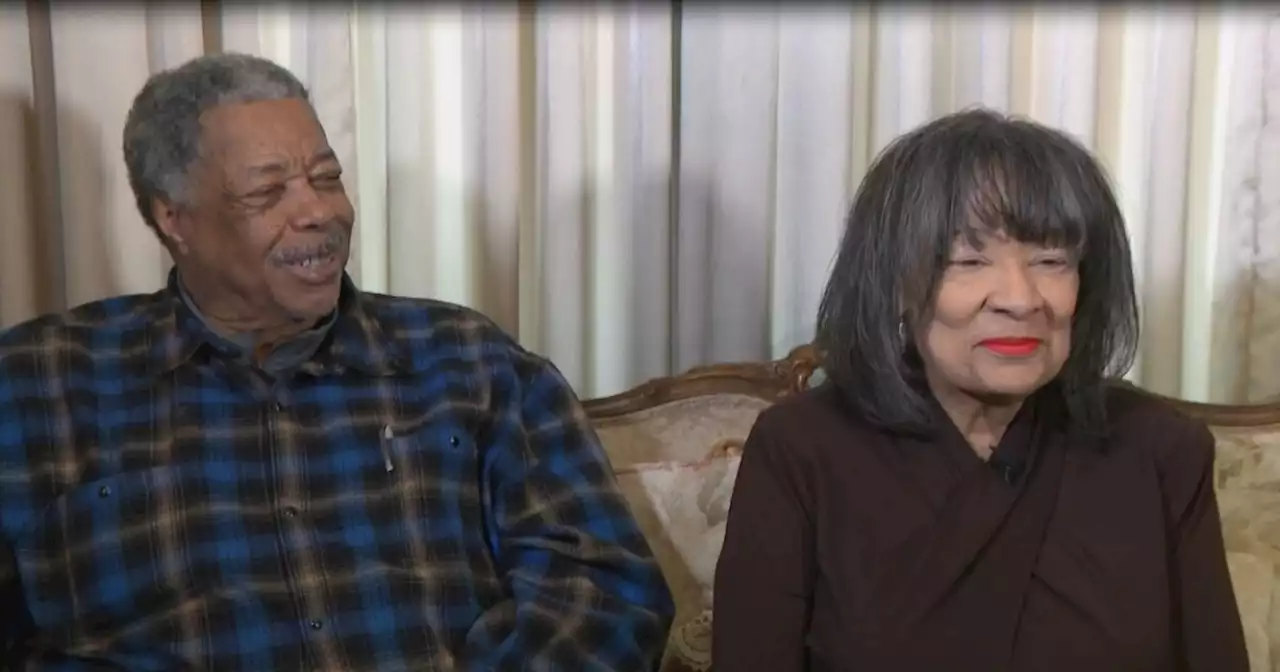Hired as a special agent in 1974, she was hailed as “a trailblazer” at the agency. Discrimination led her to leave for a career in the State Department.
Ms. Flemister, who died Feb. 21 at 71, was unaware of the milestone until she was sworn in. She was “a trailblazer who dedicated her life to service and inspired a future generation of agents,” Kimberly Cheatle, the agency’s director, said in a statement after Ms. Flemister’s death.
Suspects in criminal investigations were openly described with the same epithet. When Ms. Flemister reported such incidents to a superior, no action to her knowledge, she said, was taken.“I remained in the Secret Service because I wanted to be a trailblazer for other African-American women,” she wrote years later in an affidavit filed in support of a class-action lawsuit, initiated in 2000, that alleged rampant racial discrimination within the Secret Service.
In her early 50s, Ms. Flemister began to experience memory loss that was the first sign of early-onset dementia. She retired from the State Department in 2011 and had descended so deeply into her illness that she was unable to follow the developments in the discrimination lawsuit brought against the Secret Service.The lead plaintiff in the case was Ray Moore, an African American special agent who served in the Secret Service for 32 years, protecting eight U.S. presidents and former presidents.
Ms. Flemister was roughly 5 when her parents separated. She moved to the United States and grew up in Connecticut, taking ballet and piano lessons and attending civil rights demonstrations with her mother, who brought her to the 1963 March on Washington.Shortly before she entered high school, Ms. Flemister and her mother moved to a White suburb of Hartford where, Ms. Flemister recalled, they received threatening calls at night from neighbors who resented their presence.
Indonesia Berita Terbaru, Indonesia Berita utama
Similar News:Anda juga dapat membaca berita serupa dengan ini yang kami kumpulkan dari sumber berita lain.
 Black History is American History: Spotlight on Flushing's 'Black Dublin'In a bustling corner of Queens, history that was once paved over is being uncovered. Local activists and historians are shedding new light on a 19th century community. ElleMcLogan has more.
Black History is American History: Spotlight on Flushing's 'Black Dublin'In a bustling corner of Queens, history that was once paved over is being uncovered. Local activists and historians are shedding new light on a 19th century community. ElleMcLogan has more.
Baca lebih lajut »
 First Black woman-owned plant shop in Texas opens its 3rd location in HoustonA native Houstonian grew tired of the lack of representation in the plant retail industry and decided to do something about it.
First Black woman-owned plant shop in Texas opens its 3rd location in HoustonA native Houstonian grew tired of the lack of representation in the plant retail industry and decided to do something about it.
Baca lebih lajut »
 Wellington and Wilma Webb: Denver's first Black mayor, first ladyThirty-two years ago, Wellington and Wilma Webb broke barriers by becoming the first Black mayor and first lady of the Mile High City. via MicahSmith_TV
Wellington and Wilma Webb: Denver's first Black mayor, first ladyThirty-two years ago, Wellington and Wilma Webb broke barriers by becoming the first Black mayor and first lady of the Mile High City. via MicahSmith_TV
Baca lebih lajut »
 Why large Black communities call Texas home - Texas Wants to KnowWith more than 3.9 million, Texas is home to more Black residents than any other state. Yes, Texas is the second-most populous state in the U.S., but California has the most multiracial Black residents and New York has the most Hispanic Black residents. The Lone Star State is home to the most non-Hispanic, single-race Black residents. The single biggest reason? Slavery. But there's nuance to the answer too. Deborah Liles, the W.K. Gordon Chair of Texas history at Tarleton State University, explains what may have kept some Black residents in Texas after the Civil War, and Amber Sims, the executive director of the nonprofit Young Leaders, Strong City, details the progress that's been made and the steps we still need to take.
Why large Black communities call Texas home - Texas Wants to KnowWith more than 3.9 million, Texas is home to more Black residents than any other state. Yes, Texas is the second-most populous state in the U.S., but California has the most multiracial Black residents and New York has the most Hispanic Black residents. The Lone Star State is home to the most non-Hispanic, single-race Black residents. The single biggest reason? Slavery. But there's nuance to the answer too. Deborah Liles, the W.K. Gordon Chair of Texas history at Tarleton State University, explains what may have kept some Black residents in Texas after the Civil War, and Amber Sims, the executive director of the nonprofit Young Leaders, Strong City, details the progress that's been made and the steps we still need to take.
Baca lebih lajut »
